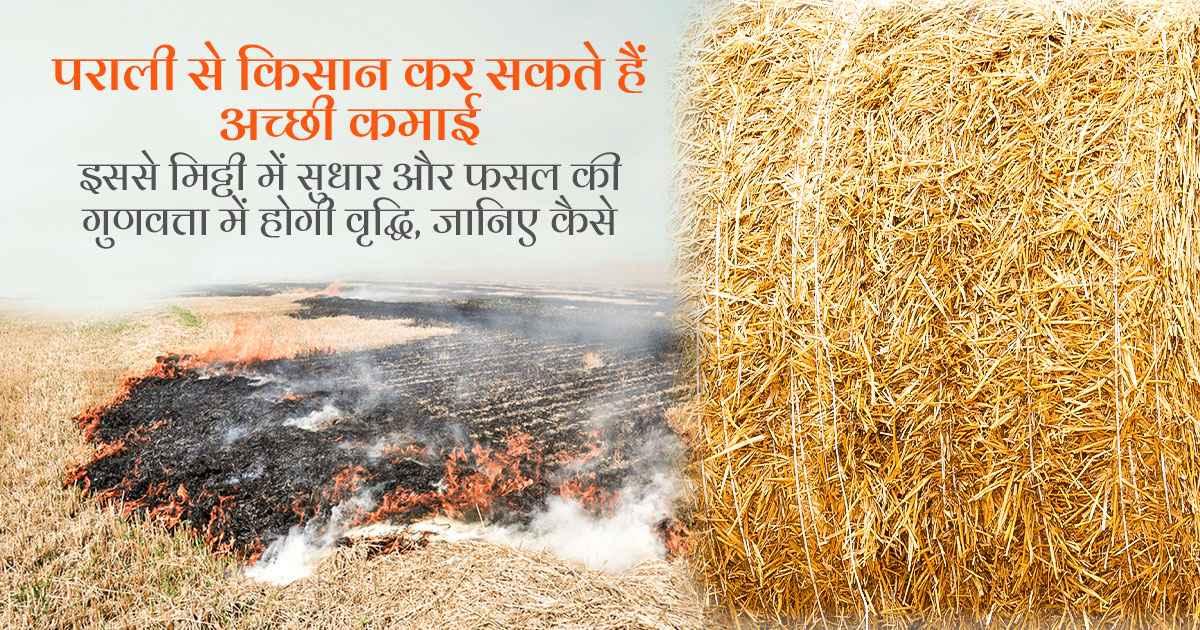
Stubble management has long been a significant issue for Indian farmers, especially in states like Punjab where wheat and rice are widely cultivated. To combat the harmful practice of stubble burning, state governments have introduced several measures, including the adoption of bio-CNG technology. This innovative solution not only addresses the problems caused by stubble burning but also enables the production of fuel and organic fertilizers. However, collecting and managing paddy stubble between the harvesting of rice and the sowing of wheat remains a challenging and time-consuming task for farmers.
Punjab, known for its large-scale wheat and rice production, leads the country in stubble burning incidents. In November 2022, skies over Punjab’s Sangrur district were clearer than in previous years, but the atmosphere was still marred by smog, a result of continued stubble burning.
An effort to reduce environmental pollution, many farmers in Punjab are now embracing modern methods of crop residue management. By using advanced agricultural machinery, they are finding efficient ways to handle stubble. A notable innovation in this regard is the production of bio-CNG, or compressed biogas, from stubble. This technology converts leftover crop residues into methane, which can serve as an alternative to compressed natural gas (CNG) derived from fossil fuels. Considering India imports around 85% of its crude oil needs, bio-CNG represents a sustainable and eco-friendly alternative.
The Punjab Energy Development Agency (PEDA) has revealed plans to establish 42 more bio-CNG plants across the state. These plants are expected to utilize approximately 1.7 million tons of stubble annually, contributing to the production of compressed biogas. Punjab alone produces around 19 million tons of stubble every year, offering significant potential for bio-CNG production.
Bio-CNG is an upgraded form of biogas, made from various organic waste materials, including crop residues, cow dung, and sludge from sugar mills. It offers an efficient way to produce clean energy, and can significantly reduce the environmental footprint of traditional stubble disposal methods.
The process begins with spreading the stubble in fields to dry after harvesting. Once dried, the stubble is collected and bundled into bales. According to Pankaj Jain, head of the bio-CNG plant at Verbio, these bales are then sent for pre-treatment, where they are finely chopped and mixed with water and cow dung. This mixture is transferred to a digester tank, where biogas is produced. The gas, containing 90-95% methane, is then compressed into cylinders for use as fuel. The remaining slurry can be used as organic fertilizer, further benefiting the agricultural sector.
Punjab’s agricultural officials have highlighted that farmers who choose not to burn stubble are also improving their crop quality. By incorporating stubble back into the soil, they are enhancing yields and enriching soil health. Farmers can use machines like combine harvesters equipped with Super Straw Management Systems (Super-SMS), which mix the stubble into the soil. This not only boosts crop productivity but also reduces pest infestations. The Super Seeder, another advanced tool, is both environmentally friendly and beneficial to farmers in multiple ways.